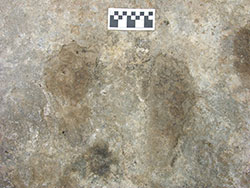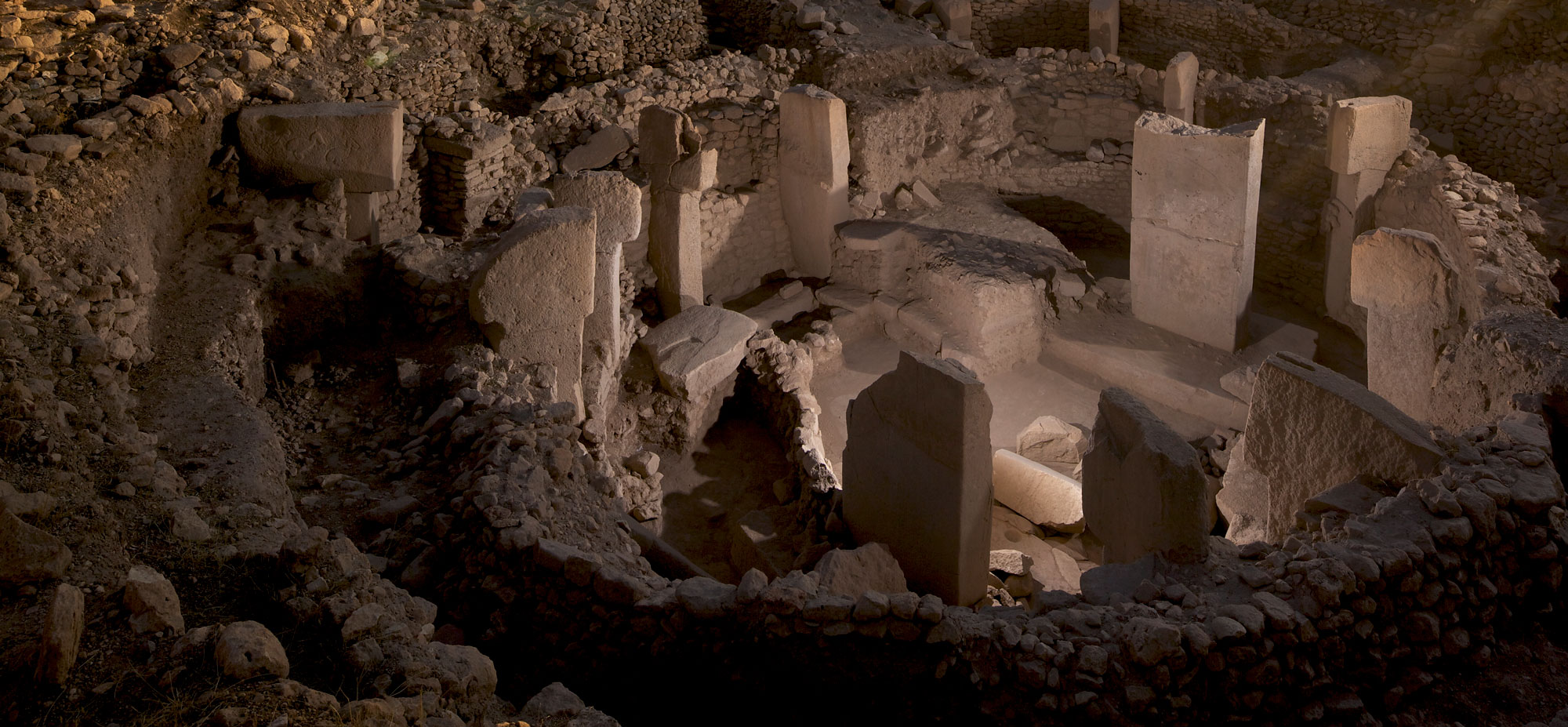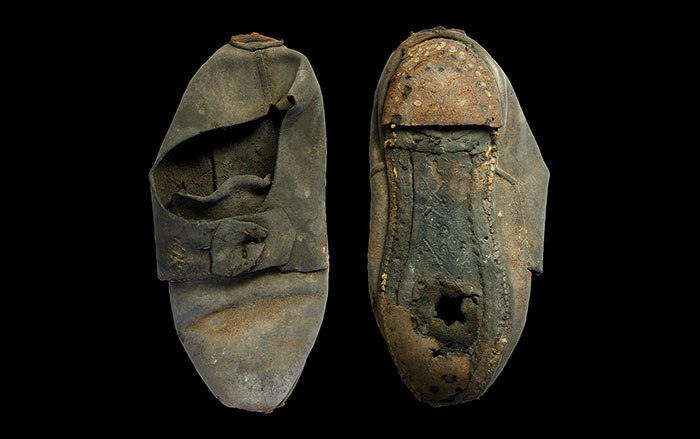
INNSBRUCK, AUSTRIA—Live Science reports that a team of researchers led by geologist Michael Meyer of the University of Innsbruck obtained new dates for hand and footprints left in the mud of a hot spring at the high-altitude Chusang site in Tibet. The 19 prints were discovered in 1998, and initial studies suggested they were left some 20,000 years ago. Meyer and his colleagues used uranium-thorium dating to date the sediments, optically stimulated luminescence to date quartz crystals in the layer containing the prints, and radiocarbon dating of microscopic plant remains. The new tests suggest that the prints were made between 7,400 and 12,600 years ago—a date range that encompasses the results of genetic testing indicating that people were living on Tibet’s high central plateau at least 8,000 to 8,400 years ago. Meyer thinks that hunter-gatherers may have lived in the region year-round, since traveling to Chusang would have been a long and arduous trip. “There is a chance that there are older sites up here,” Meyer said. “I think we have to keep exploring.” For more, go to “England's Oldest Footprints.”










